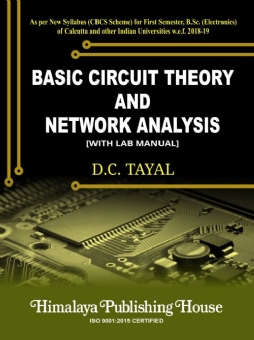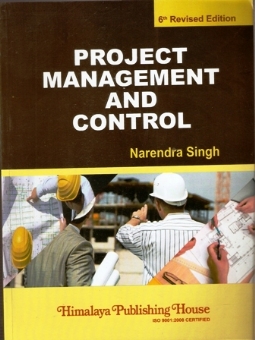This text, Basic Circuit Theory and Network Analysis is primarily written as per syllabus (CBCS Scheme) for B.Sc. Electronics I – semester, Calcutta University. The subject matter has been woven in such a systematic manner that the students / readers may easily understand the basic concepts of the circuits and their designs.
For the students of Science, it is essential to develop the experimental skill along with the theory, therefore the experiments based on the subject matter of theory and prescribed in the syllabus are discussed in the second part of the book as – Laboratory Manual.
To check the knowledge & understanding of the subject, a more stress has been given to application part, therefore a large number of exercises, based on the subject matter, have been placed at the end of each chapter. A large number of – true/false, fill in the blanks, multi choice, short answer types of questions are given at the end of each chapter. The problems & probable questions are also given the due space for practice purposes.
The theory part of whole matter has been discussed in six chapters. The first chapter deals with the Basic Circuit Concepts, where the passive circuit elements, e.g., resistors, inductors and capacitors with their types, constructions, applications and their testing are discussed in details. Electric current & voltage sources- ideal and practical & their conversion are given a due weight-age. The chapter second contains the Circuit Analysis, where all the most common methods of Network analysis are discussed with examples. The third chapter consists of DC- Transient Analysis. In this chapter transient response of RC, RL, LC, LCR circuits with and without dc- excitation are described along with the concept of switching time.
The chapter fourth, on A.C. Circuit Analysis may be called the heart of the Circuit Theory. The method of Phasor algebra is widely used in solving ac- circuits. The variation of voltage with frequency across the resistor, inductor & capacitor is discussed in details along with the series and parallel resonant circuits. Filter circuits are given in details along with Integrating & differentiating circuits, The chapter fifth deals with Network theorems, very important tool of circuit analysis. Network Graph Theory is discussed in chapter sixth.
The laboratory manual, the second part of the book consists of all the experiments based on the theory course & prescribed in the university syllabus, They are given in the manner the students are supposed to follow while experimentation and recording in the practical note book. More stress is given on circuit diagram, observation tables and analysis of results.
Contents –
Part A—Theory
1. Basic Circuit Concepts
2. Circuit Analysis
3. DC-Transient Analysis
4. A.C. Circuit Analysis
5. Network Theorems
6. Network Graph Theory
Part B—Practical
Conducting the Experiments L-1—L-2
1. Electronic Circuit Elements and CRO
2. Kirchhoff’s Laws and Network Theorems
3. RC-Circuits
4. LCR-Circuits (AC)
Appendix
Index







